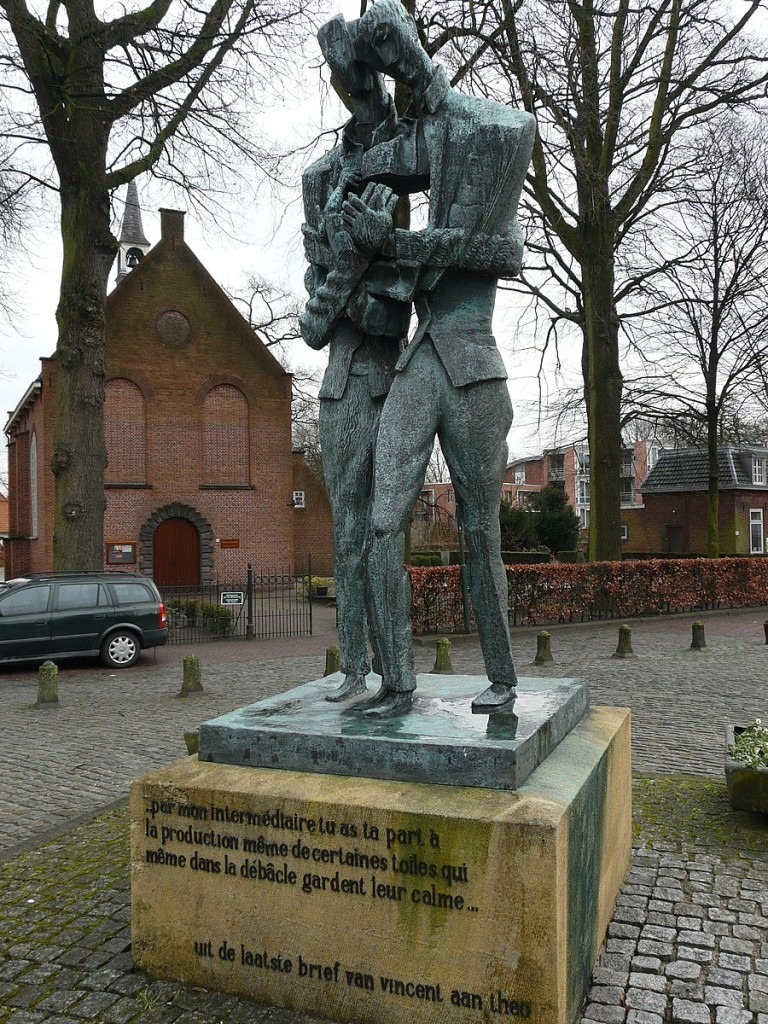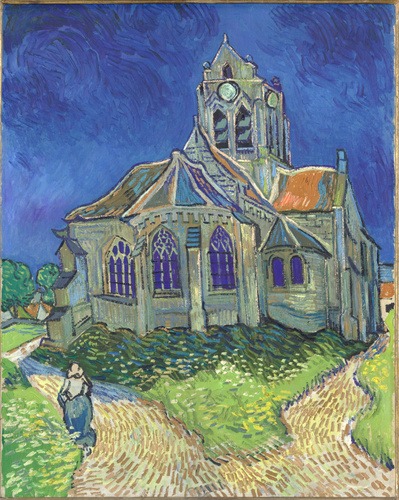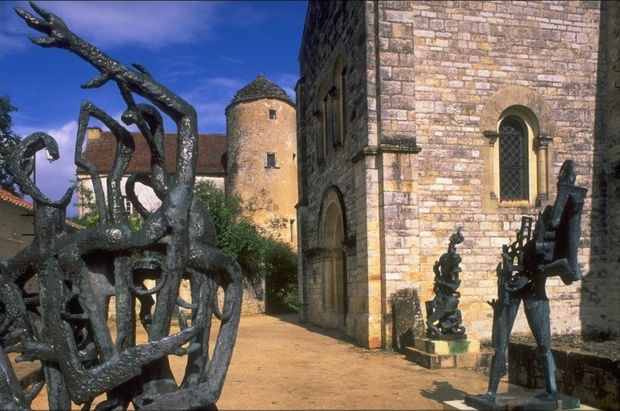This question inadvertently pokes a finger on a very sensitive spot for Marie and I. There have been so many artistic places visited, so many artists discovered, so many artistic experiences, how do we choose just one to share?
The pleasure came in remembering all those adventures. The frustration came with making a decision, because Art has become the driving force behind our travels.
Perhaps the reason it made such an impact on me is because I knew little to nothing about Art when I began. So after I discovered that the former home of Cubist painter Fernand Léger was right next to the campground where we were staying in Biot, France, for example, I was blown away when I saw his Art. (Click here to see what I mean.)
Marie especially (because she is a real artist) has participated in lots of artistic situations, but even I have left my mark overseas. Now you have given me the opportunity to share an underexposed artist, and while many are deserving, I have chosen the sculptor Ossip Zadkine. I’ve pulled together a bio for Ossip online.

Our story began in a stone cottage deep in France’s Dordogne, right on the Camino de Compostela! We had rented the place but before the owners put their little dog into the RV and relocated while we were in their house, our hostess mentioned something to us after learning of our interest in Art. She said there was a small village in the south of the Dordogne where there was little else other than a well-known restaurant. But she remembered that there was an art gallery there as well.
So, after seeing all the ancient cave art of the region, and so much more, we drove south to Les Arques – and sure enough, there was almost nothing else there besides the restaurant, a church and city hall.

It was a Monday, of course, so Musée Zadkine was closed. But there were a couple of sculptures in the small plaza between the museum and the church. I found I liked them. And then inside the church we found a pieta and a cross, also sculpted by Zadkine. We came back the next day.

Inside the museum we found huge unpainted, wooden sculptures filling the space because this was a working studio of the Byelorussian émigré and sculptor. A contemporary of Picasso and Braque, Zadkine did much of his work in the Cubist style, but he was also chums with the Surrealists. His Art can be found all over Europe inside and outside of galleries.
Zadkine and his wife, artist Valentine Prax, bought the Les Arques place in 1934, after living in Paris since 1928. Born in Vitebsk, Belarus, by age 15 he was in London and a few years later, Paris. He lived and worked in La Ruche, the famous hive of Avant-garde artists in Montparnasse.

There is also a Musée Zadkine in Paris at his former home and studio at 100 bis Rue d’Assas, not far from his piece in the Jardin du Luxembourg. His work is all over Paris and the rest of Europe, but not so well-known in the US. Just look online to see lots of images of his work.
Since I mentioned Auvers-sur-Oise, I must add that it is one of the most evocative places in the artistic world. Less than 20 miles from the Eiffel Tower, Vincent Van Gogh went there for the final 70 days of his life. He painted 78 canvases and then died. I won’t go into the cause of his death.

Today, Auvers-sur-Oise is in the middle of a National Park where little has changed since those days in 1890. The church is as it was.

As is City Hall.

And some fields.

I cannot think of a place more suited to communing with the past. It is a place where we can remember Van Gogh’s art and think about his life. After he died, Vincent’s sister-in-law chose to have her husband, Theo, interred next to Vincent in Auvers-sur-Oise.
Or perhaps you would have preferred to hear about my time in Sydney, volunteering for the Sculpture-by-the-Sea show on Bondi Beach?
– Rusty Hammer
rustysartists.blogspot.com





